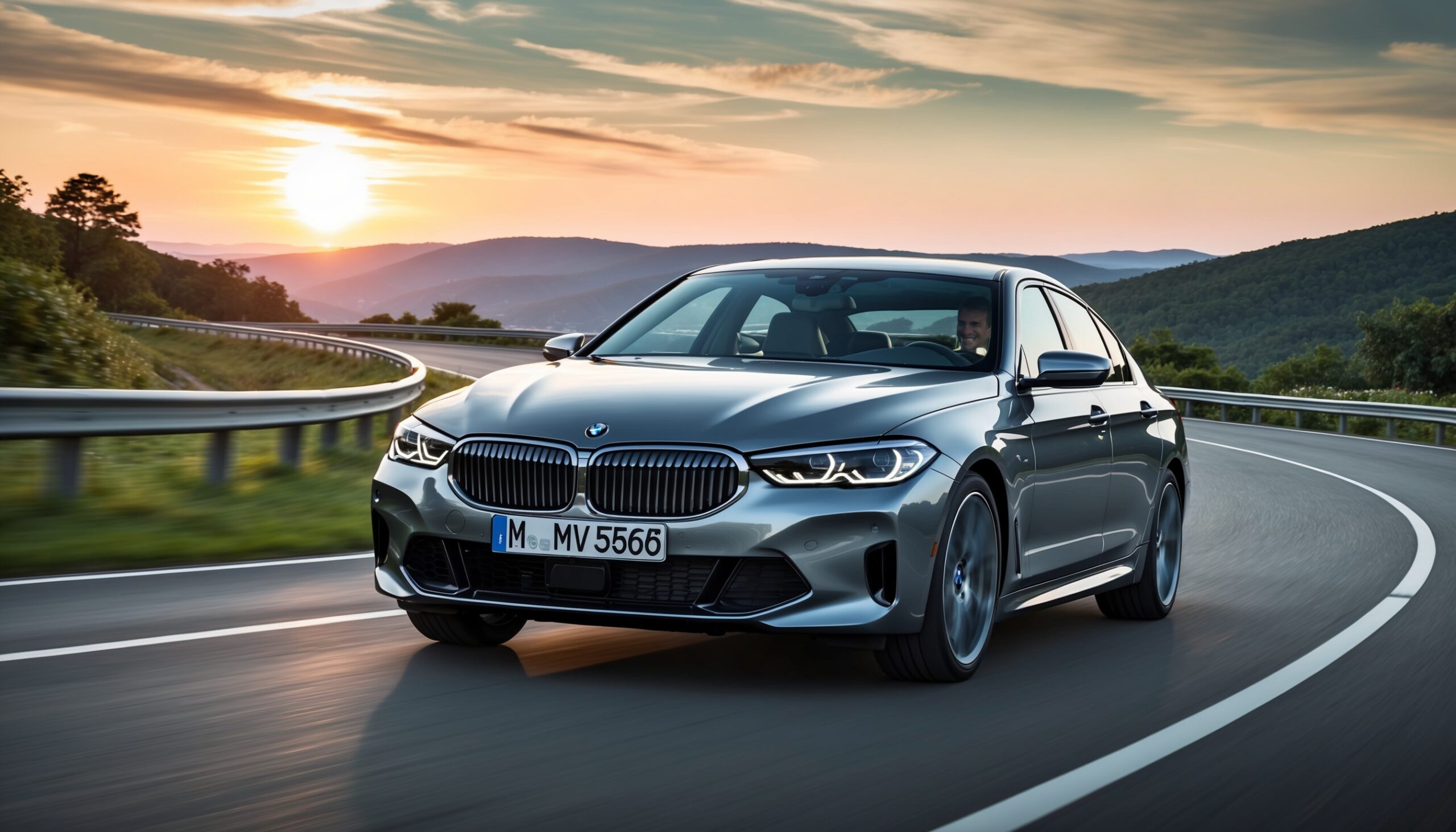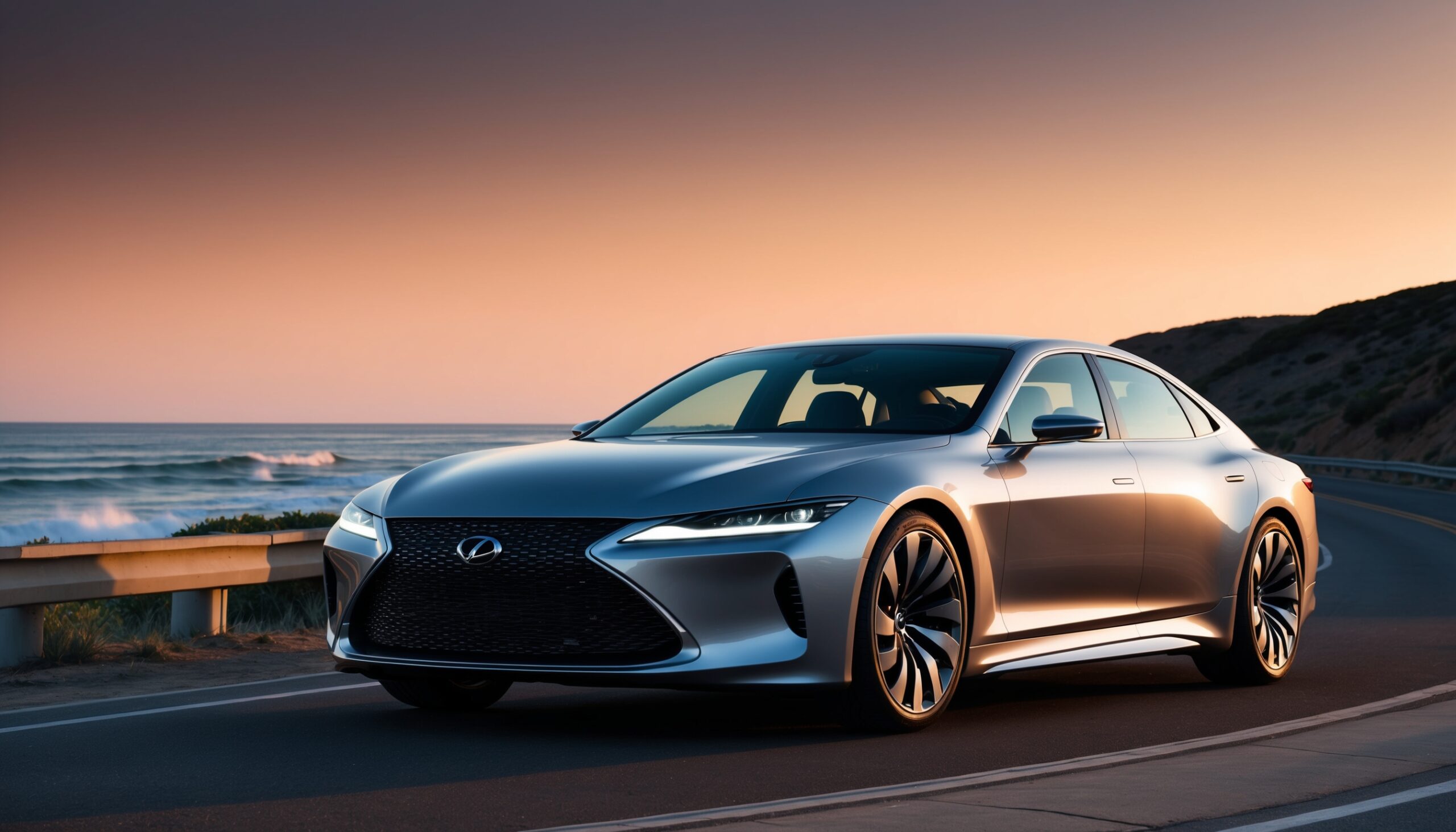The Impact of New Battery Fire Safety Standards on Garage Parking
As car enthusiasts, we constantly seek the latest advancements in automotive technology, and one of the most exciting developments in recent years has been the rise of electric vehicles (EVs). With their sleek designs and eco-friendly benefits, EVs have captured the hearts of many. However, as with any new technology, there are challenges and concerns that need to be addressed. One of the most pressing issues surrounding electric vehicles is battery fire safety. This blog post explores the impact of new battery fire safety standards on garage parking, providing insights specifically for car enthusiasts like you. Grab a cup of coffee, and let’s dive in!
Understanding Battery Fire Risks
Before delving into the specifics of the new safety standards, it’s essential to understand why battery fires have become a topic of concern. Electric vehicles are powered by lithium-ion batteries, which, while efficient, can pose fire risks under certain conditions. Here are some key points to consider:
- Thermal Runaway: This is a chain reaction within a battery that leads to overheating and, in some cases, igniting a fire.
- Manufacturing Defects: Poor quality control or defective components can lead to dangerous situations.
- Accidents: Collisions can damage battery packs, increasing the risk of fire.
These risks highlight the importance of stringent safety standards, which aim to mitigate the potential dangers associated with electric vehicle batteries.
The New Battery Fire Safety Standards
In response to growing concerns, regulatory bodies and automotive manufacturers have collaborated to establish new fire safety standards for electric vehicle batteries. These standards are designed to enhance the safety of EVs both on the road and in parking environments, including garages. Here’s a breakdown of what these standards entail:
- Testing Protocols: Batteries must undergo rigorous testing to ensure they can withstand extreme conditions without catching fire.
- Design Improvements: Manufacturers are encouraged to incorporate fire-resistant materials and designs that minimize the risk of thermal runaway.
- Emergency Response Guidelines: New standards include protocols for emergency responders to follow in the event of a battery fire.
These measures aim to protect both vehicle owners and their property, particularly when parked in garages.
The Garage Parking Dilemma
For many car enthusiasts, the garage is a sanctuary—a place to work on projects, store prized vehicles, and tinker with the latest technologies. However, as the number of electric vehicles on the road increases, so do concerns about parking them in enclosed spaces. Let’s explore how the new battery fire safety standards affect garage parking.
The Safety of Enclosed Spaces
Garages are often enclosed spaces with limited ventilation, which can exacerbate fire risks. In the past, there were no specific guidelines for parking electric vehicles in garages, leading to uncertainty among owners. The new safety standards address this issue by providing clear recommendations for safe garage parking.
- Ventilation Requirements: Many guidelines now recommend adequate ventilation in garages to dissipate heat and gases that may escape from batteries.
- Fire Suppression Systems: Some standards urge the installation of fire suppression systems, like sprinklers or fire extinguishers, specifically designed for battery fires.
- Distance Regulations: New rules may specify how far electric vehicles should be parked from flammable materials or other vehicles.
Insurance Implications
With the introduction of new safety standards, insurance companies are also taking notice. Insurers may adjust their policies and premiums based on the fire safety measures you have in place in your garage. Here’s what you need to know:
- Discounts for Safety Features: If you install fire suppression systems or improve ventilation, you may qualify for discounts on your insurance premiums.
- Policy Adjustments: Some insurers might modify their policies to include specific coverage for battery fires, providing greater peace of mind.
- Increased Awareness: Insurers may also educate policyholders about best practices for parking EVs safely in garages.
Best Practices for Garage Parking of Electric Vehicles
With the new safety standards in mind, here are some best practices for parking electric vehicles in your garage:
- Regular Maintenance: Ensure that your EV is regularly maintained, as well-maintained batteries are less likely to pose a fire risk.
- Monitor Battery Health: Use your vehicle’s onboard systems to keep tabs on the battery’s health and watch for any warning signs.
- Keep the Garage Organized: Avoid clutter and keep flammable materials away from parked vehicles.
- Install Fire Safety Equipment: Consider investing in a quality fire extinguisher rated for electrical fires and ensure it’s easily accessible.
- Follow Manufacturer Guidelines: Always adhere to the manufacturer’s recommendations for battery care and parking.
The Future of Garage Parking
The automotive landscape is rapidly changing, with electric vehicles leading the charge. As technology evolves, so too will the safety standards and guidelines governing garage parking. Here are a few trends to keep an eye on:
Smart Garage Technology
Smart home technology is making its way into garages, with systems that can monitor the environment. Imagine a smart garage that can:
- Detect excessive heat and alert you via smartphone.
- Activate ventilation systems when temperatures rise.
- Send notifications if any unusual battery behavior is detected.
These advancements could make parking electric vehicles in garages even safer and more convenient.
Community Awareness Programs
As electric vehicles become more prevalent, community programs may emerge to educate homeowners about fire safety in garages. These could include:
- Workshops hosted by local fire departments.
- Online resources and forums for EV owners.
- Collaborations with automotive manufacturers to promote safety initiatives.
Regulatory Evolutions
As battery technology advances, regulations will likely evolve to keep pace with new innovations. This could mean:
Also Read: Retrofitting Older EVs with New Battery Technology: Feasibility and Cost
- More stringent testing protocols for new battery technologies.
- Increased collaboration between automakers and regulatory bodies.
- Continuous updates to safety standards based on new research and data.
Your Role as a Car Enthusiast
As a passionate car enthusiast, you play a crucial role in shaping the future of automotive safety. Here’s how you can contribute:
- Stay Informed: Keep up with the latest developments in battery technology and safety standards.
- Educate Others: Share your knowledge with fellow car enthusiasts and help raise awareness about battery safety.
- Advocate for Safety: Support policies and initiatives that promote battery fire safety in your community.
At Torque Feed, we believe that informed car enthusiasts can make a significant impact on the automotive landscape. By staying engaged and proactive, you can help ensure a safer environment for all EV owners.
Final Thoughts
Battery fire safety is a vital consideration as electric vehicles continue to gain popularity. The new battery fire safety standards are a step in the right direction, enhancing safety in garage parking and providing peace of mind to owners. By understanding these standards and adopting best practices, you can confidently park your electric vehicle in your garage, knowing that you’re taking proactive measures to prevent potential risks.
As we move forward, staying informed and engaged in discussions surrounding battery safety will help foster a safer automotive environment for everyone. Whether you’re a long-time car enthusiast or new to the EV scene, your efforts can contribute to a brighter, safer future on the roads. So, let’s embrace the electric revolution with the knowledge and safety measures that keep our passion for cars alive and thriving!
Also Read: The Move to Subscription-Based Features in Automotive UX












